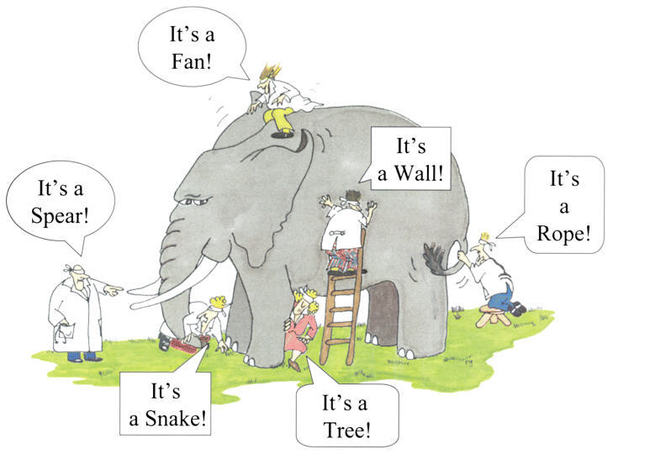Solving Problems by Creating User Stories
When I was at Poetic Systems yesterday, their founder, Matt said something that really struck me.
That you should quantify building a solution to a problem that you are trying to solve by first articulating it in a user story. Basically, that in order to determine if a suggestion for a new feature has merit, it should be told first in a user story, so that it can be clear that there is a real benefit.
Well…he probably didn’t say it quite like that, but that is the gist of what he said. Even though there are those who argue that user stories can provide too much focus, I can see how going for what you think will be a solution, without stepping into a persons shoes, can send you way down the wrong path.
This got me thinking. I had been exposed to user stories in my past roles. In fact I have written a lot of them, so that they could become a bug for our developers to fix. The stories are extremely helpful in cutting through all of the assumptions around what is the problem, and what is the solution, and just plainly say it how it is.
The basic form of a user story is as follows:
As a , I want so that
After being re-introduced to the subject again, I realized that not only is this great for software development, but also great for determining the direction of a business. i have read a lot of tips that talk about different methods for developing a good business plan, and for creating products and services that other people actually want. But I think that the user story may be the best way I have heard so far of how to quickly get down to solving a problem. Here are some reasons why:
1. You Start With Users
Seems like a duh, of course, kinda thing. But really, isn’t this part of the equation that often gets muddled up with what people think someone wants or needs. Starting with the users means that you are approaching the problems solving or business building from the perspective of the person who needs something, and then you can build out from there.
2.The Story is not a Specification, its Communication
I think this is the most important part. People respond to communication. We are hard wired for it. Telling a story is the best way to connect with others, to find meaning, and even to uncover purpose.
3.Its simple
Simplicity is bliss…and easy to recreate. The format is so good that it makes breaking down problems into small pieces a pain free step. Which makes finding the real solution a much easier task.

